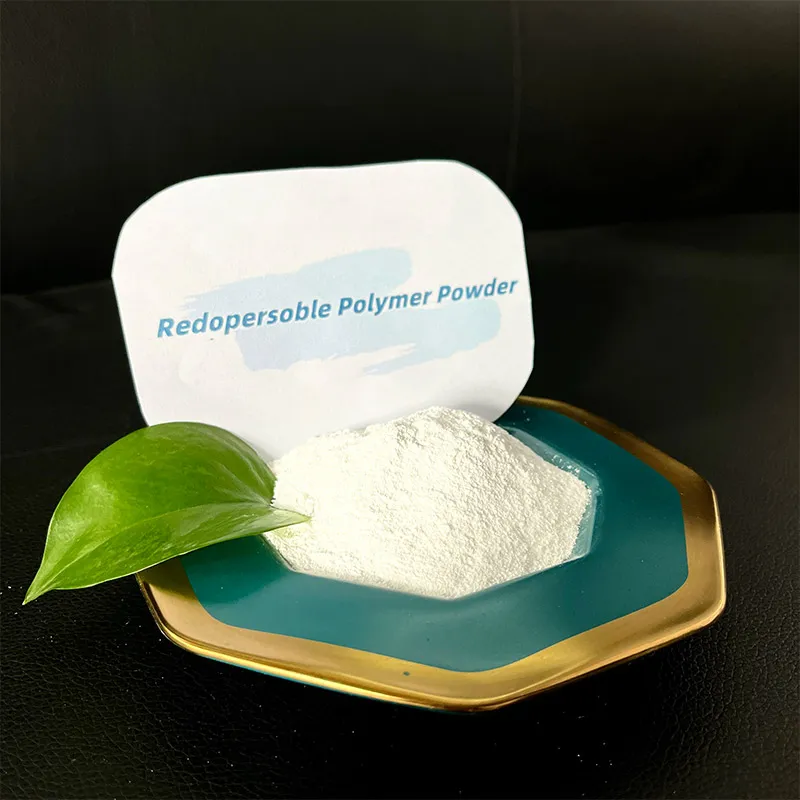
-

Add: HeBei ShengShi HongBang Cellulose Technology CO.,LTD.
-

Email
13180486930@163.com -

CONTACT US
+86 13180486930

Gypsum retarder
ஜன . 20, 2025 15:10
Back to list
Gypsum retarder
In the realm of pharmaceutical and food industries, the choice of excipients plays a pivotal role in product formulation and stability. Among these, Hydroxypropyl Methylcellulose (HPMC) grades such as 2910 and 2208 are indispensable, but understanding their differences is crucial for optimal application.
Meanwhile, HPMC 2910’s superior film-forming ability is beneficial in sustained-release formulations, where it acts as a barrier to control the drug release rate. 4. Applications in the Pharmaceutical Industry In tablet manufacturing, HPMC 2910 is predominantly utilized due to its robust binding and coating capabilities, ensuring drug stability and sustained release. Its balanced viscosity makes it a staple in both direct compression and wet granulation methods. HPMC 2208’s unique solubility and flexibility give it an edge in liquid formulations, particularly in suspensions and emulsions where swift dissolution and stability are paramount. 5. Real-World Insights and Best Practices Industry experts suggest that choosing between HPMC 2910 and 2208 should be meticulously aligned with the intended application. For instance, if the goal is to achieve a sustained-release profile in oral tablets or capsules, HPMC 2910 is typically more beneficial. On the other hand, for products that demand quick solubility, like ophthalmic solutions, HPMC 2208 might be the optimal choice. Furthermore, experts advocate for conducting pilot studies to evaluate the behavior of each HPMC grade under various conditions. Such empirical data can significantly aid in fine-tuning formulations to meet desired product specifications. 6. Safety and Regulatory Considerations Both HPMC 2910 and 2208 are deemed safe by various regulatory bodies, including the FDA, provided they are used within recommended concentrations. However, understanding the specific regulations and compliance guidelines within your target market remains essential to ensure product viability. In conclusion, the subtle nuances between HPMC 2910 and 2208 can deeply influence product performance in the pharmaceutical and food sectors. A thorough comprehension of their distinct properties, coupled with expert insights, can guide formulators in selecting the most suitable grade, ensuring both efficacy and regulatory compliance. Collaboration with experienced formulation scientists can further enhance the credibility and success of the formulations developed using these versatile excipients.


Meanwhile, HPMC 2910’s superior film-forming ability is beneficial in sustained-release formulations, where it acts as a barrier to control the drug release rate. 4. Applications in the Pharmaceutical Industry In tablet manufacturing, HPMC 2910 is predominantly utilized due to its robust binding and coating capabilities, ensuring drug stability and sustained release. Its balanced viscosity makes it a staple in both direct compression and wet granulation methods. HPMC 2208’s unique solubility and flexibility give it an edge in liquid formulations, particularly in suspensions and emulsions where swift dissolution and stability are paramount. 5. Real-World Insights and Best Practices Industry experts suggest that choosing between HPMC 2910 and 2208 should be meticulously aligned with the intended application. For instance, if the goal is to achieve a sustained-release profile in oral tablets or capsules, HPMC 2910 is typically more beneficial. On the other hand, for products that demand quick solubility, like ophthalmic solutions, HPMC 2208 might be the optimal choice. Furthermore, experts advocate for conducting pilot studies to evaluate the behavior of each HPMC grade under various conditions. Such empirical data can significantly aid in fine-tuning formulations to meet desired product specifications. 6. Safety and Regulatory Considerations Both HPMC 2910 and 2208 are deemed safe by various regulatory bodies, including the FDA, provided they are used within recommended concentrations. However, understanding the specific regulations and compliance guidelines within your target market remains essential to ensure product viability. In conclusion, the subtle nuances between HPMC 2910 and 2208 can deeply influence product performance in the pharmaceutical and food sectors. A thorough comprehension of their distinct properties, coupled with expert insights, can guide formulators in selecting the most suitable grade, ensuring both efficacy and regulatory compliance. Collaboration with experienced formulation scientists can further enhance the credibility and success of the formulations developed using these versatile excipients.
Prev:
Latest News
-
Why HPMC for Sale Is EssentialNewsJun.05,2025
-
The Role of Retarder in GypsumNewsJun.05,2025
-
Redispersible Emulsion PowderNewsJun.05,2025
-
Fibre Made from Wood PulpNewsJun.05,2025
-
Exploring the Rubber Powder Production LineNewsJun.05,2025
-
Exploring Polyolefin FiberNewsJun.05,2025
-
Re Dispersible Polymer PowderNewsJun.03,2025











